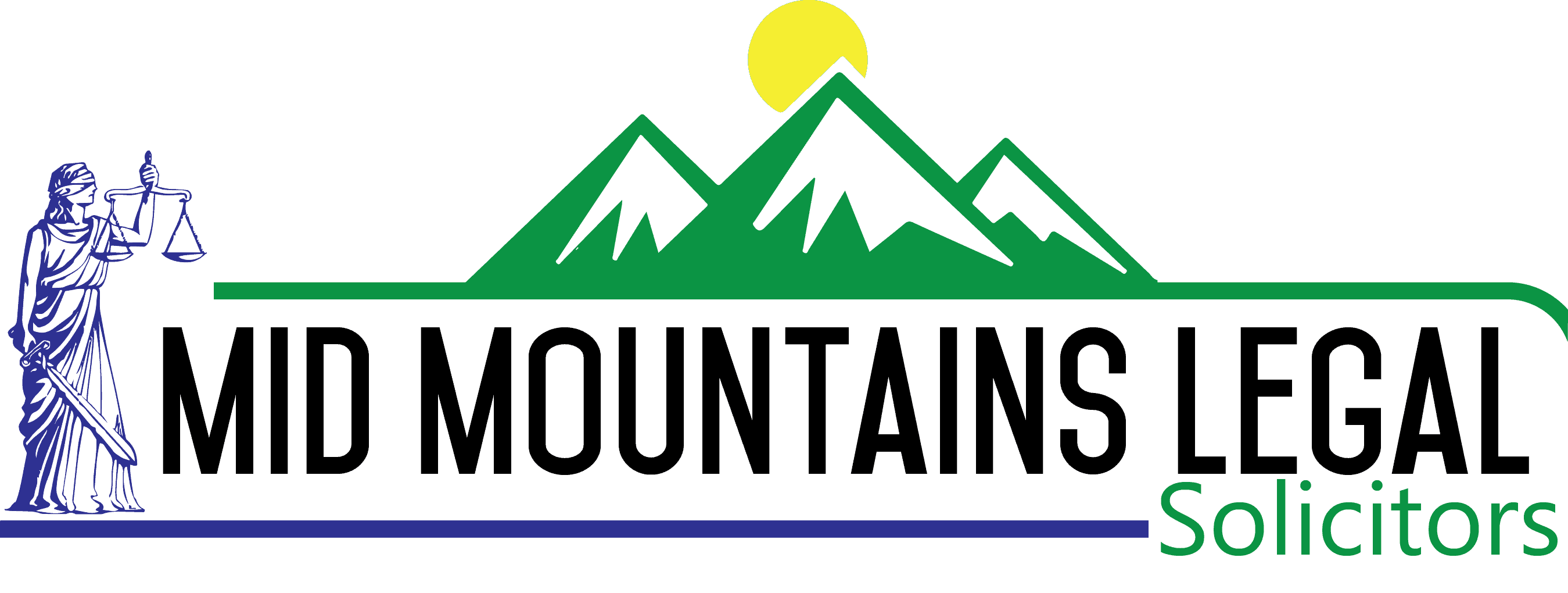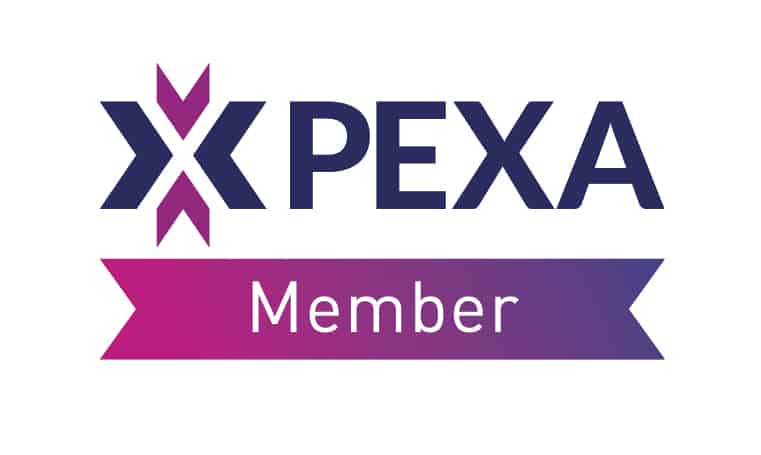
What is FRCGW and who does it effect?
In 2016 a foreign resident capital gains withholding (FRCGW) was introduced and applied to real estate transactions over $2 million. The purchaser was required to withhold a 10% capital gains withholding tax, regardless of the vendor’s residency status, unless a qualifying clearance certificate was produced before settlement proving that they were not a foreign resident. This affected very few transactions and needed to be done rarely.
FRCGW compliance laws
This changed on 1 July 2017 when the government introduced new criteria. The FRCGW tax rate was increased to 12.5% and the threshold above which vendors must provide proof that they are not a foreign resident selling property increased to $750,000. This change affects a larger number of transactions.
The online clearance certificate application from the Australian Taxation Office (ATO) must be initiated sufficiently early that it does not cause a delay in settlement.
There has been some confusion as to who is actually required to apply for these clearance certificates. Going by the certificate’s title, it sounds like only foreign residents need to apply for one. However, that’s not the case. ALL vendors must apply for the clearance certificate if the sale of the property is for $750,000 or more, regardless of whether they are an Australian citizen or a foreign resident.
How does this affect me?
The vendor is responsible for obtaining the clearance certificate and providing it to the purchaser at or before settlement. To avoid unanticipated delays, and to ensure the certificate is valid when it is given to the purchaser, vendors seeking a clearance certificate should apply as early as practical in the sale process.
Failure to provide the purchaser with a clearance certificate will result in the purchaser having to withhold 12.5% of the contract price so they this money can be paid to the ATO.
The time for the vendors to obtain their qualifying clearance certificate can be quite short. However, as the ATO says they could take up to 28 days to produce, you should apply as early as possible in the transaction. In New South Wales, many contracts are signed with a 42 day settlement in mind.
What do I need to do?
You should apply for the clearance certificate before or as soon as possible after you have a contract in place. The certificate is valid for up to 12 months so can be used for any sale during that period.
The vendor can be a person, a company, an executor of an estate and other entities. You need to apply for the certificate in the correct name.
Applications including a tax file number get processed faster. The quickest way to receive the certificate is to have it sent to an email address. You can then provide the certificate to your conveyancer in readiness for settlement.
What now?
Contact us if you have any questions about ATO clearance certificates.




